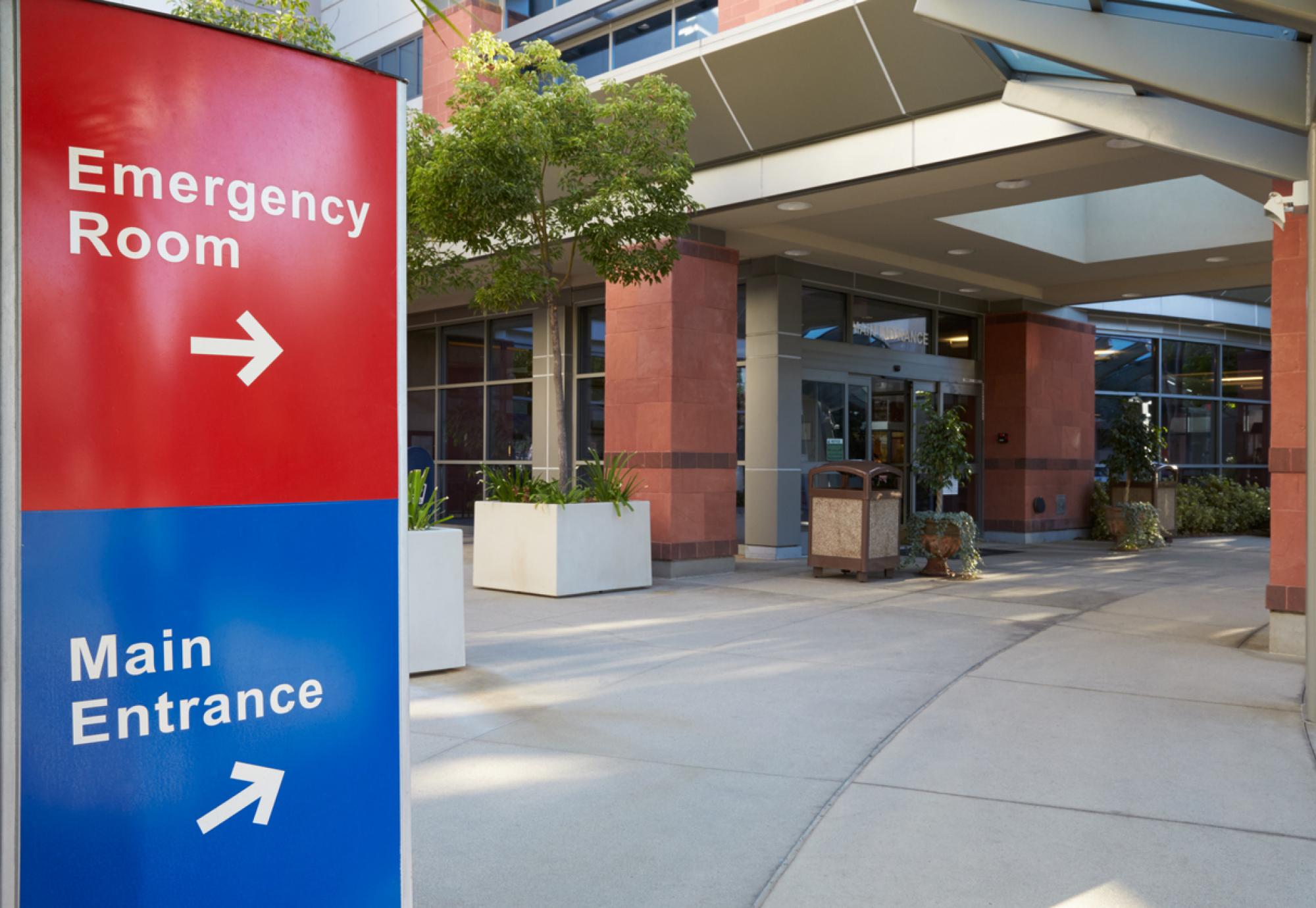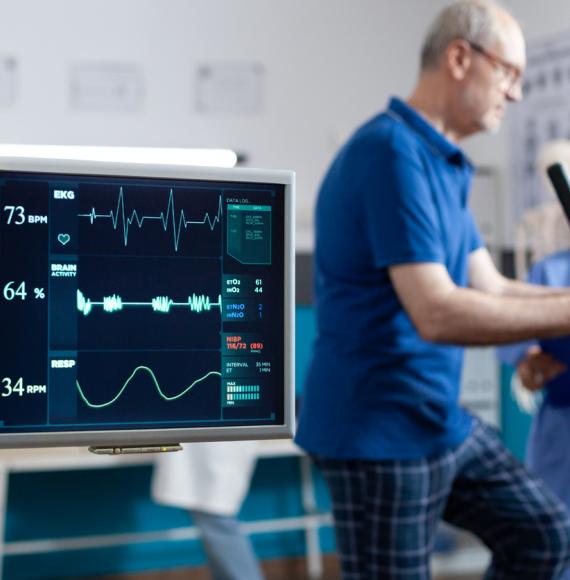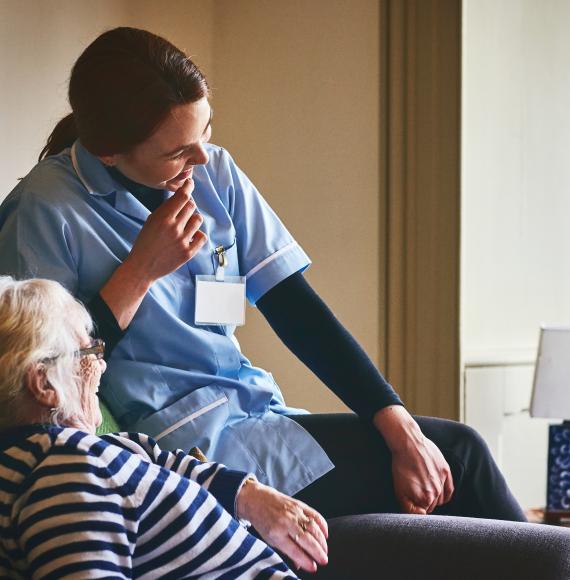The first phase of the £15m rejuvenation project at Liverpool University Hospitals NHS FT’s (LUH) Aintree University Hospital, is now complete and has officially opened. Patients will now benefit from a new main entrance and upgraded Tower Block.
This has improved access to the entrance, as well as adding a modern and efficient feel to the hospital. Patients and staff are also expected to benefit from cleaner, simpler, and safer drop off facilities. The investment to NHS services in Liverpool comes as the 125-foot-tall Tower Block - which holds 480 beds - reached its 50th anniversary in 2021.
It forms part of the trust’s pledge to improve patient experience and invest in the quality of healthcare facilities available at the hospital.

Steve Warburton, Chief Executive at LUH was joined by the Metro Mayor for Liverpool City Region, Steve Rotheram, who marked the socially distanced event with a ribbon cut.
Sculptor, Sam Shendi was also commissioned to create a colourful attraction for the trust, which can be seen from the entrance of the hospital and represents their journey of change.
Mr Warburton said: “This is the biggest ever single investment in Aintree’s Tower Block and will extend its lifespan by up to 30 years.
“The Tower Block development is great news for our patients and staff. It is also a vote of confidence in the hospital and the vital role it plays for the city region’s NHS services.
“Our staff work hard to provide high-quality care for our patients, and it is important that our buildings support and reflect this.”
Mr Rotheram said: “As somebody who has represented the area around the hospital, first as a councillor, then a Member of Parliament and now as metro mayor, I’m delighted to be able to cut the ribbon today.
“This £15m investment will give patients and visitors a much friendlier welcome and it’s fantastic to see that it comes with lots of environmental benefits too.”
The work is part of a wider £22.5m investment programme to refurbish Aintree’s Tower Block and provide improvements to the Emergency Department.
Paul Fitzpatrick, Director of Estates and Facilities for the trust, added: “The renovation works will make patients more comfortable, while also protecting the building from the weather. It involves replacing the existing windows and cladding with a state-of-the-art system with improved insulation, solar reflection and natural ventilation which will help to manage inside temperatures all year round, improving overall comfort within the wards. Patients and staff will really notice the benefits - cold winters will feel warmer, while hot summers will feel cooler.”



















